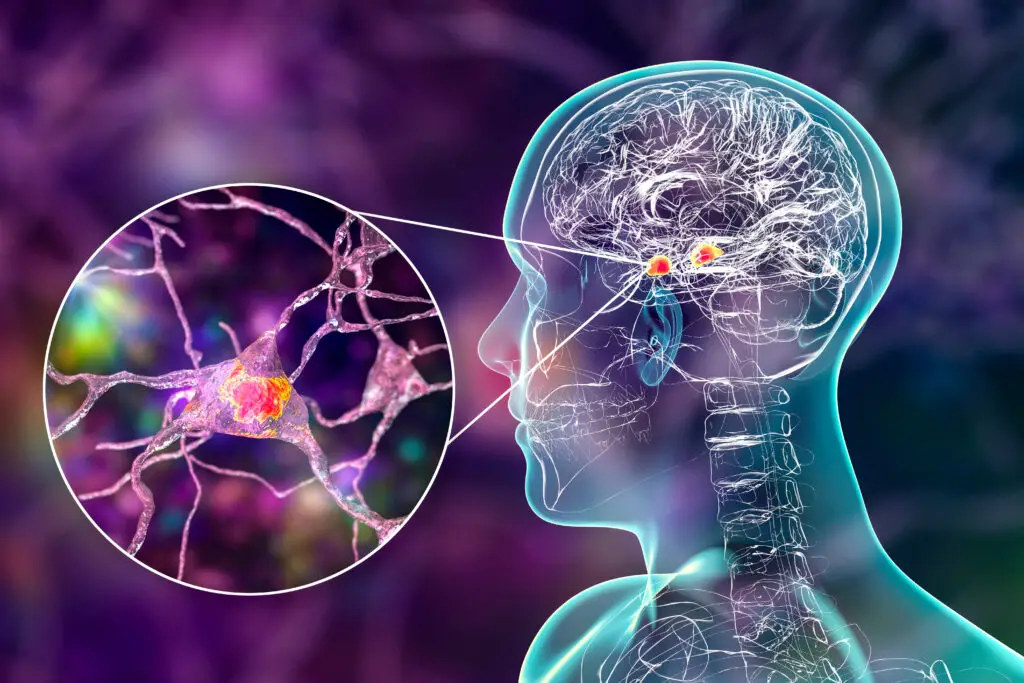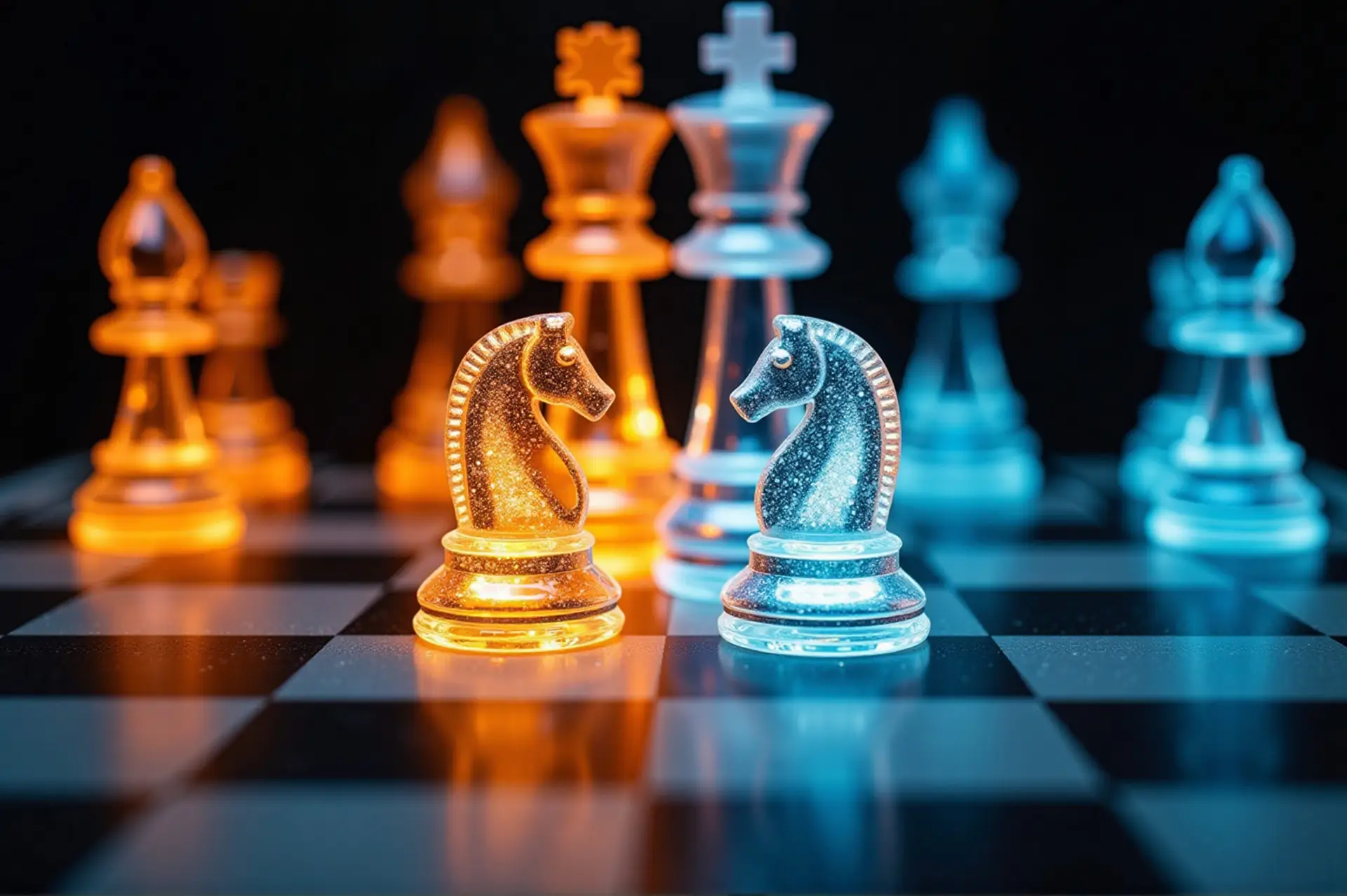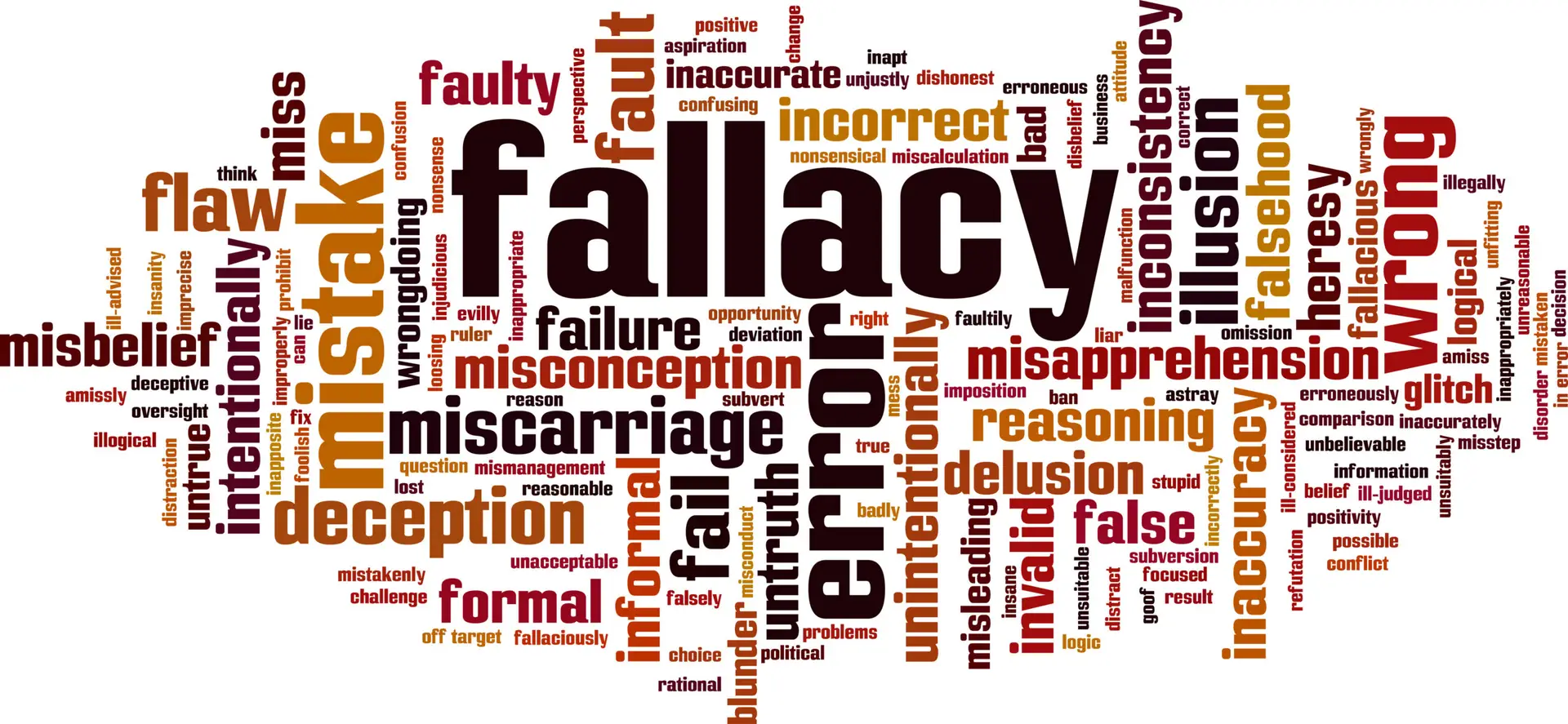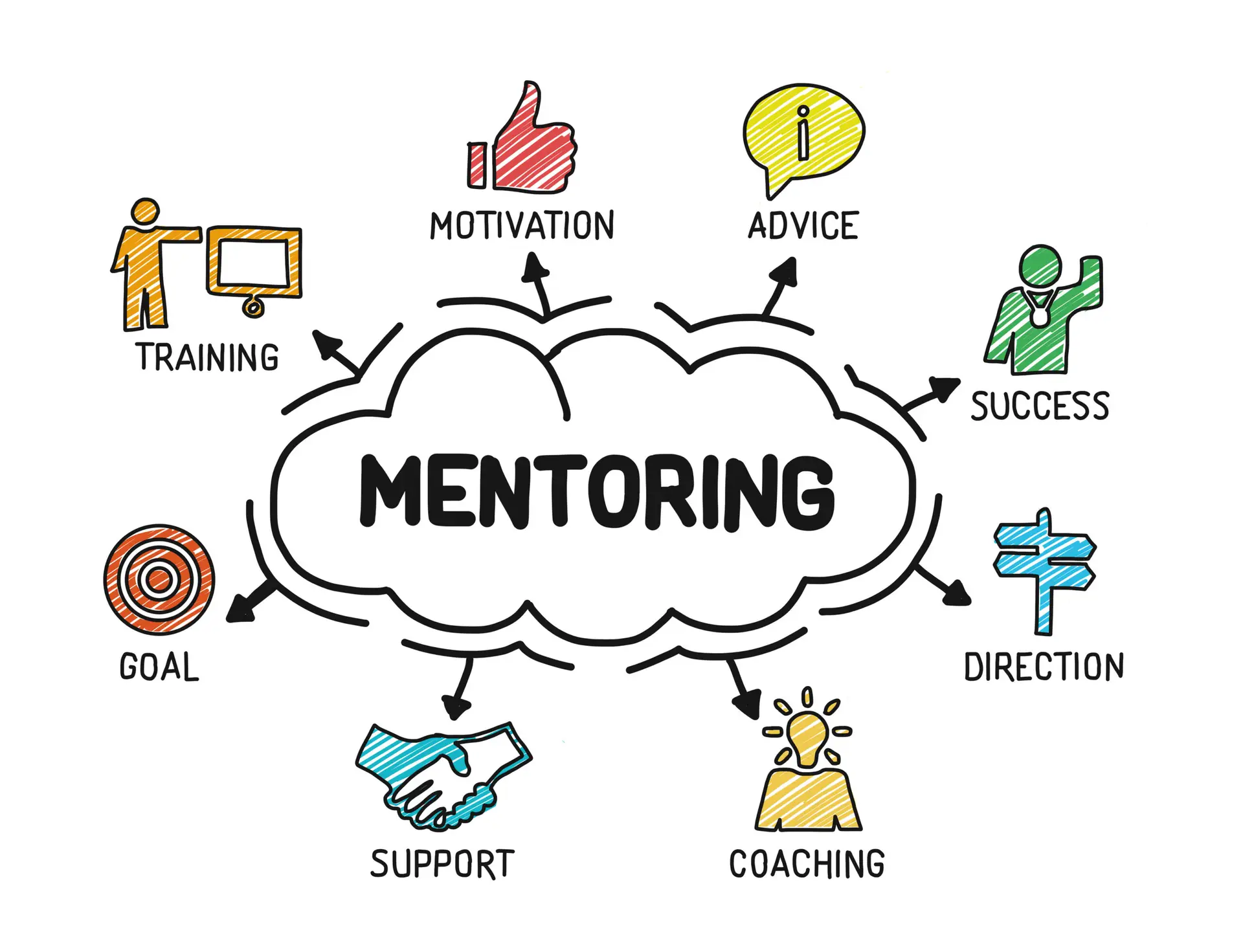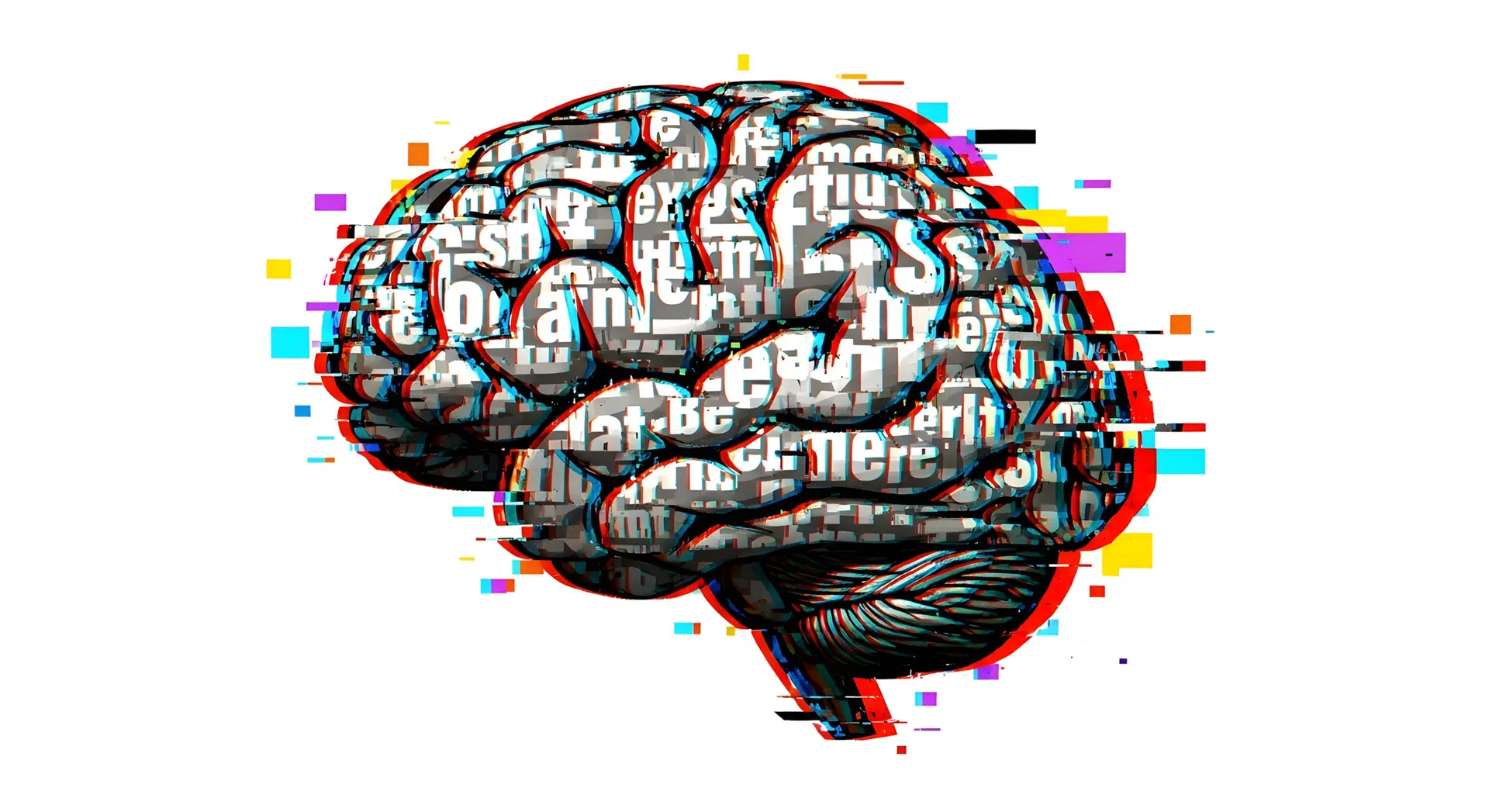What are our Biological Defences?
Our biological defences are made up of our brain, nervous system, body and emotions working together to protect us from harm.
This article looks at the ‘mammalian’ defences including the amygdala, the nervous system, the reptilian, mammalian and logical brains and how it all works together.
The Amygdala
The Importance of the Amygdala
The amygdala is the ‘smoke alarm’ and emotional centre of the brain. When threat is detected, the brain will respond by releasing neurochemicals which will result in defensive action. The prefrontal cortex shuts down (the part which has regulatory abilities, cognitive and executive functioning and analytical reasoning) which frees up the body to make the best response in the quickest and most effective way.

The Triune Brain - (consisting of three in one)
The Triune Brain
Neuroscientist Paul D. MacLean formulated a model in the 1960s which was based on an evolutionary concept of the brain. The idea was that the part of the brain which appeared first is what we call the reptilian brain, then, around this grew the mammalian brain (or limbic system) and then, at a later date, in mammals and humans, the neocortex developed.
It has subsequently been found that the brain is not as simplified and compartmentalised as this in reality but, this theory does work in helping us to understand in general how the brain works together with the nervous system, especially in times of stress and in terms of defences.

A Critique of the Triune Brain Theory
No, You Don’t Have a Reptilian Brain
This video by SciShow explains how our understanding of brain function and how the different parts are linked has evolved since the Triune Theory was proposed.
The brain is more complex and interlinked.
Triggers
A trigger is something that happens which invokes a defence response in us. The trigger will activate our brains and bodies to go into a fight, flight, freeze, submit or attach response.
The human body is self-protective, and it automatically reacts to any cue indicating the possibility of danger. Triggers can be both universal – like snakes, spiders, rats and cockroaches and they can be personal – unique to our own experiences in our lives, for example, like the way someone who has been threatening to us smells or looks.
The brain is biased to respond to any danger signal it has known before i.e., times of day, days of the week, gender and age, facial expressions, colours, smells or sounds, a tone of voice or body language, touch, or our own emotions and body sensations.
Any of these will trigger a defence response and our awareness of the reason why can be either subconscious or conscious. We may be aware of a strong response or of mild anxiety and we may or may not know why it is there. Our body is telling us that we are in danger right now.
The Autonomic (Involuntary or Unconscious) Nervous System
Our autonomic nervous system is a part of our overall nervous system which controls the automatic functions of our bodies that we need for our survival. These are processes which we do not control consciously and our brains manage them whether we are awake or sleeping. It regulates bodily functions, such as the heart rate, digestion, respiratory rate, pupillary response and urination. It is divided into the sympathetic nervous system and parasympathetic nervous system.
The sympathetic nervous system’s primary process is to stimulate the body’s fight or flight response. It is constantly active at a basic level to maintain homeostasis.
The parasympathetic nervous system is responsible for stimulation of processes that occur when the body is at rest such as salivation, urination, digestion and others. This part is responsible for the defence responses of freeze and submit which shut down the system. It also conserves energy and helps us to wind down after we have been in a stressful situation. It does this by triggering the responses needed to return to homeostasis (maintaining the stability of internal, physical and chemical conditions within the body).

As we can see in the diagram above, both systems facilitate different responses. Various physical processes enable these to happen quickly and easily.
If we are in a stressful situation, the parasympathetic nervous system helps us to go into a state of being able to freeze, submit and ‘play dead.’ Submissive reactions include changes in body language and posture so that we appear appeasing and non-threatening.
The sympathetic nervous system directs blood and energy to the muscles, shuts down digestion, and frees up our energy to be able to fight or flee.
The Chain of Events
The basic theory is that our amygdala is on the alert for danger and when something happens that makes us feel fear, it triggers our nervous system and the mammalian and reptilian parts of our brains to go into a defence response of fight, flight, freeze, submit or attach. Our logical brain goes ‘offline’ so as to not slow down our defence responses and we remain in this state until we sense that the danger has passed.


The Window Of Tolerance
When we are in an optimal state we are in our ‘Window Of Tolerance’ – and we are functioning well, we are calm, thinking clearly and are able to problem solve. If there is a trigger in our environment (either internal or external) then we become triggered into a defence response, we then move out of our window of tolerance into either hyperarousal if we go into the fight or flight response or hypoarousal if we go into the freeze or submit response.
Our logical brain tends to go’ offline’ when we are triggered.
The idea of the Window of Tolerance comes from Dr. Dan Siegel. Please see his website here: Dr. Dan Siegel Home Page
The Mammalian Defences
What Are The Mammalian Defences?
We share a similar make up to other mammals (and many other kind of animals) in terms of the defences we use. They can be categorised as:
Fight, Flight, Freeze, Submit and Attach
The intensity of our responses will depend on the level of threat.
Fight
Emotions
Anger
Aggression
Suspicion
Rage
Mistrust
Indignation
Indifferent
Haughty
Hypervigilant
Body Language
Narrowed eyes
Still face
Muscle tension in shoulders, arms and back
Behaviours
Sudden anger
Judgemental voice
Violent dreams
Suicidal
Self-harming
Impulsive
Devaluing
Self-destructive
Flight
Emotions
Trapped
Distant
Suspicious
Unsafe
Sudden trapped feeling – need to get out
Body Language
Restless legs
Fidgeting
Sitting on edge of chair
Looking away – to doors and windows
Behaviours
Sitting close to doors and windows
Eating disorders – relief which does not depend on anyone
Addictions
Cannot commit
Ambivalent
Distancer
Runner
Freeze
Emotions
Fear
Terror
Wary
Anxiety
Body Language
Frozen
Breathing stopped
Body stiff
Wide eyes
Can look fearful
Behaviours
OCD
Panic attacks
Agoraphobic
General anxiety disorder
Phobic of being seen
Agitated
Phobias
Scary dreams
Submit
Emotions
Hopeless
Helpless
Self-loathing
Ashamed
Depressed
Worthless
Despair
Body Language
Shoulders rounded
Inability to make eye contact or sustain eye contact
Head down
Appeasing posture – unthreatening
Behaviours
Passive
‘Good child’
Caretaker of others
Go numb
Hopeless internal voice
Can’t say no
Attach
Emotions
Grief
Fear of abandonment
Yearns for someone to come
Unlovable
Lonely
Sad
Anxious
Desperate
Craves rescue and attention
Separation anxiety
Needy
Body Language
Body oriented towards possible source of help
Shy look
Soft childlike expression
Proximity seeking
Behaviours
Sweet
Charming
Dependent
Childlike
Forgives attachment figures
Crying internal voices

